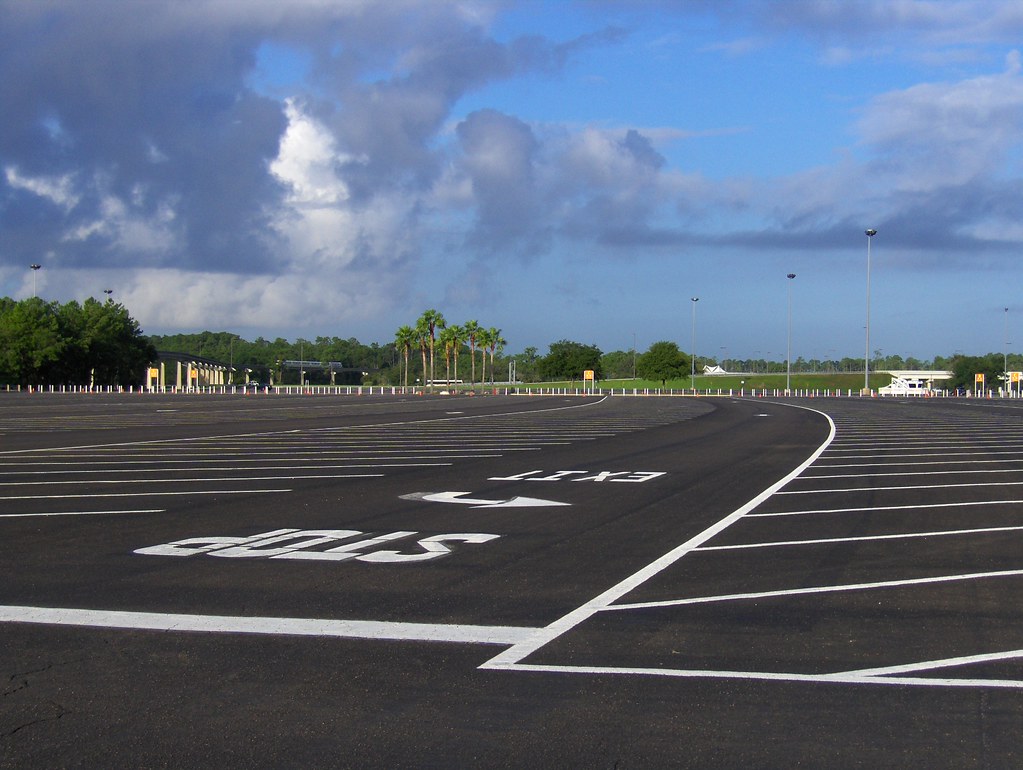It's sometimes said that Jefferson's original draft of the American Constitution protected the "inalienable rights" of life, liberty, and the pursuit of
land. Whether this is true or not, American planning practices have certainly reflected the ideal that
more space is inherently a
better place.
 Bigger is better
Bigger is better.
More, more more. Our consumerist culture, while not inherently bad in moderation, has led many of us to believe that moving up is having more stuff.
But there is a joy in small things too.
The little places are where we find space to live.





